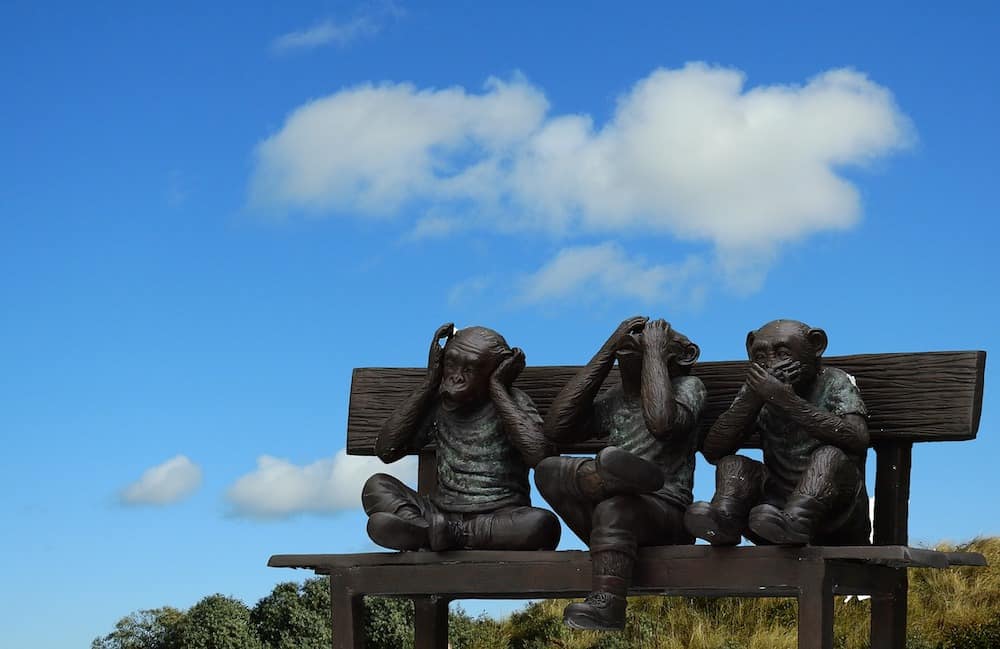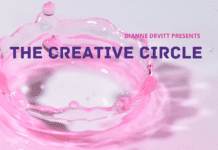
Albert Einstein said, “Creativity is intelligence having fun.”
We have been playing with our senses since birth, and as planners, we sometimes forget the importance of non-verbal contact. Our subconscious minds process more than 11 million bits of information throughout the day although we function at a rate of under 50 bits. We are exposed to more than 200 ads on average a day, and we process more than 10,000 stimuli from a gentle touch of one finger or a feather. It is no surprise that sensory marketing is becoming more and more apparent as marketers realize its lasting impact. Sensory thinking and awareness is a tool to help us expand our creative thinking minds.
In the process of experience design and planning for customer experience, retail experience and participant experience, there is always a hook. Like advertising, the questions asked are how to capture an audience’s attention and deliver a message. As a speaker and trainer on experiential creativity, I always ask students to take out a nickel (remember them?) and to keep it with them at all times to be reminded of the role and importance of the five core senses in deliberately planning an event. This focus should meet the criteria and objective and is the secret to speaking the non-verbal language that is the core of our empathy towards one another and the catalyst that makes me react to your message.
Because technology will continue to deaden and deafen our verbal and written skills, the focus on the senses will continue to evolve as our creative brain becomes more and more sophisticated. It is not effective if one sense is appealed to as we are multisensory beings and can be distracted as the senses play tug of war for our attention. How often we have repeated seeing a film or reading a book and always came out with a different experience? There are 30 senses and about 45 sensibilities that enable us to connect, to bond and to exist.
The burgeoning area of “sensology” will continue to grow as technology creates more and more alternative ways of expression—for instance, people routinely “dress” their Bitmojis. Truly a picture speaks a thousand words. Combining the use of the senses with the deliberateness of creative design thinking opens up possibilities and increases our capacity to own our emotional responses, be empathetic to other people’s feelings and sensitive to our environment. Creativity and the senses will open up the next wave of expression—the next Bitmoji phase.
Nowhere is it more obvious through this year’s holiday season’s campaigns that marketers are creatively reaching out to the senses in a multi-dimensional way and engaging the customer through storytelling, video, wonder and the magic of belief. Heightening our awareness of sensory impact heightens the impact of the messaging and our interaction with one another. And that, makes sense.










